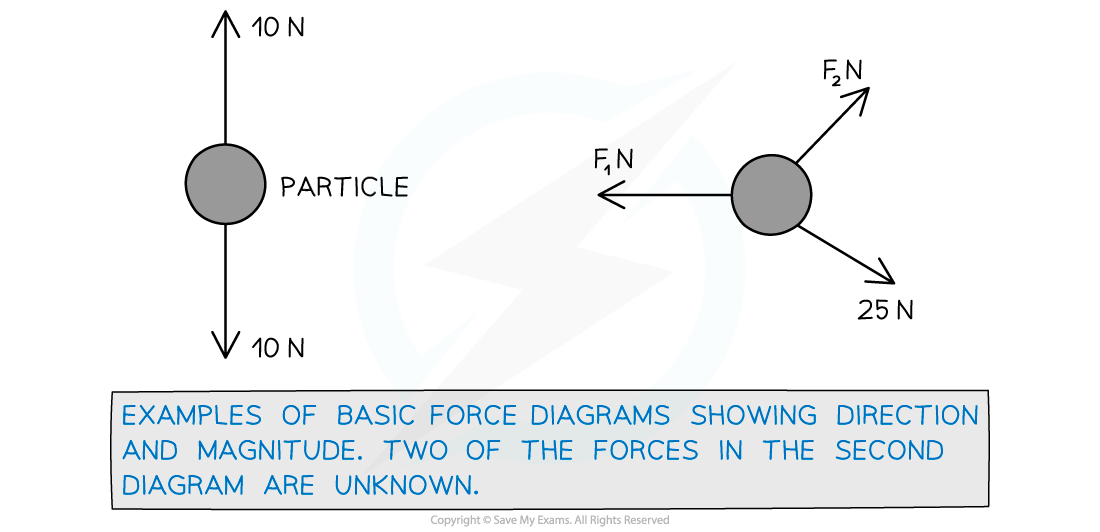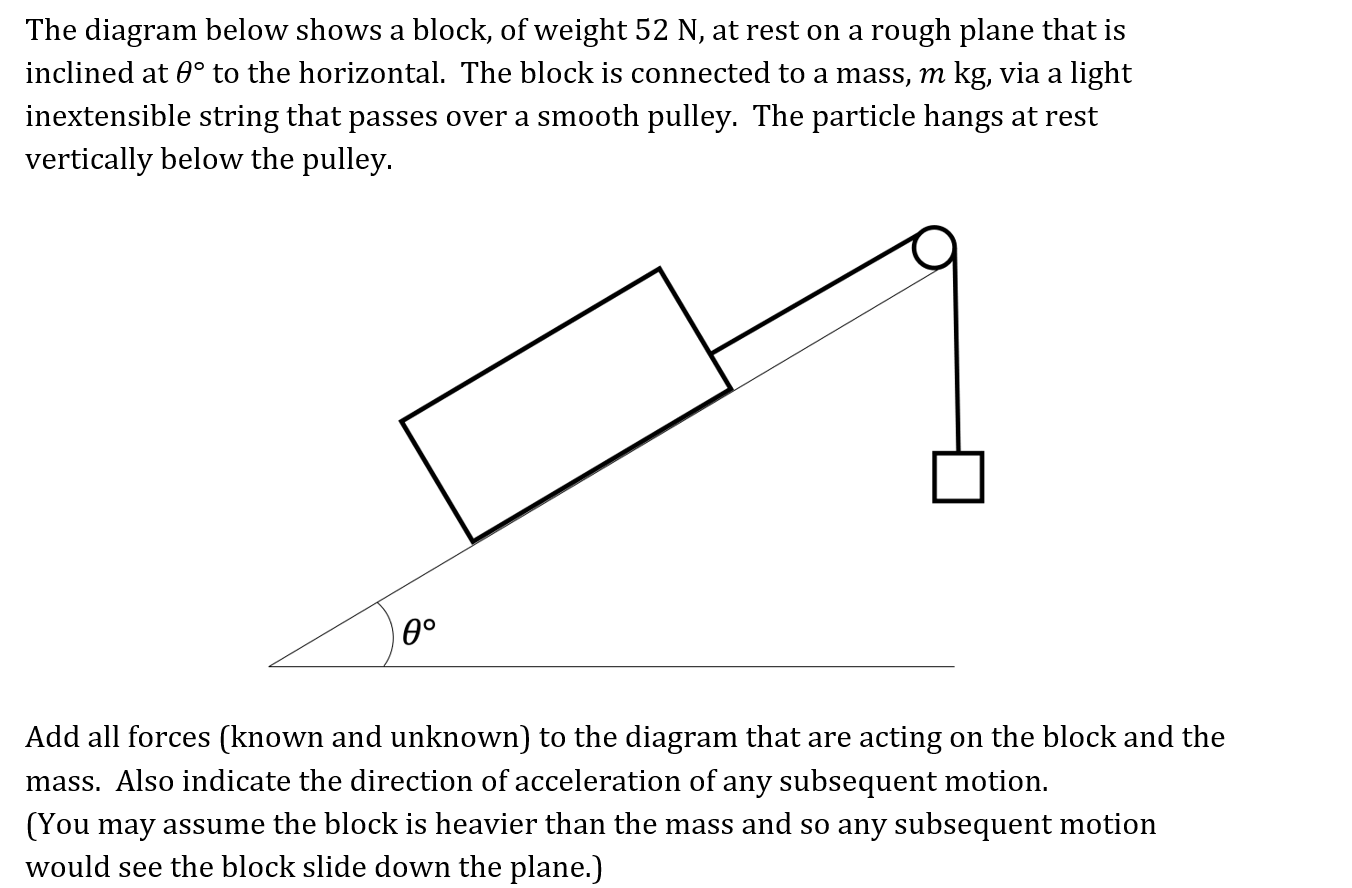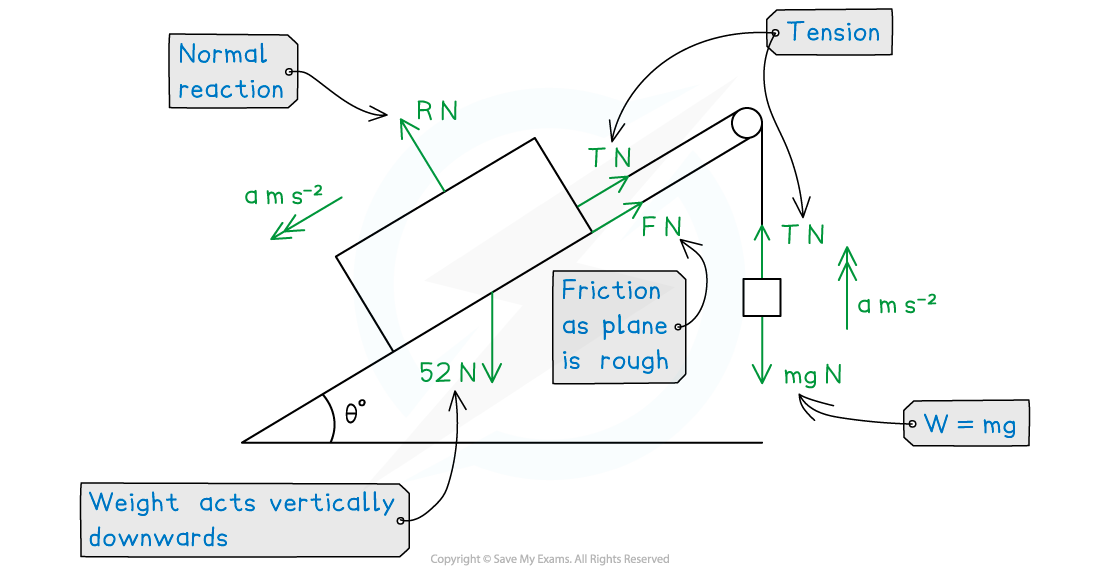- 翰林提供学术活动、国际课程、科研项目一站式留学背景提升服务!
- 400 888 0080
CIE A Level Maths: Mechanics复习笔记3.1.1 Force Diagrams
Force Diagrams
Why do we need force diagrams?
- Force diagrams are used to help understand a given scenario and show which forces are acting on which particles and in which direction they are acting
- In diagrams an arrow is used to represent a force acting on a particle which shows the direction in which the force is acting
- The magnitude of the force is normally written next to its arrow

What types of forces could be involved?
- Specific types of force encountered (which may not be mentioned in the question nor labelled on a given diagram) are: weight (W N), tension (T N), thrust (T N), friction (F N) and normal reaction (R N)

- Remember that the diagram is drawn to help understand the scenario - cars, blocks, etc are modelled as particles occupying a single point in space and so all forces acting on the car, block, etc act at that same single point
- The main forces that you will see are:
- tension (a “pulling” force) acts away from a particle,thrust (a “pushing” force) acts towards it
 friction acts parallel to the surface in the opposite direction to motion
friction acts parallel to the surface in the opposite direction to motion- the normal reaction acts perpendicular to the surface (and friction)
Worked Example


Exam Tip
- Always draw a force diagram if appropriate.
- If a diagram is already given then add to it as you progress through the question.
- If a diagram is too small or it gets too complicated then draw a new diagram.
- You may be able to manage with just drawing the section of the diagram you are dealing with in any particular question part.
转载自savemyexams

最新发布
© 2025. All Rights Reserved. 沪ICP备2023009024号-1









